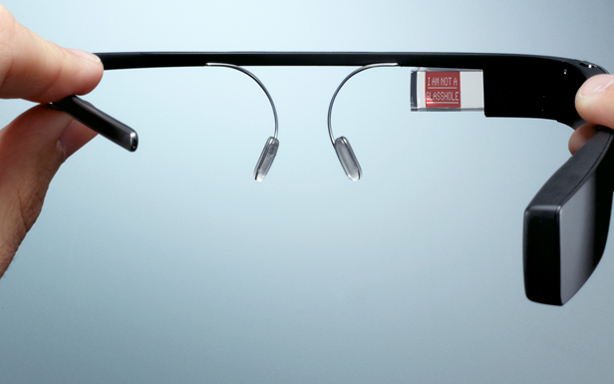
| Home | Title Page | Introduction | Background | Potential Benefits | Legal, Ethical, and Security Issues | Social Concerns | Further Required Research | Conclusion | References |
Potential Benefits
Any invented technology normally has some potential benefits behind it for it to justify its development. Since the Google Glass is still a prototype under testing, its benefits are mostly potential. The unique design of the device has been praised by most people who have no time to use their hands, probably because their hands are engaged in other duties. The glasses offer quick bursts of information whenever you need any information, but your hands are tied down to something else, e.g. while cooking. For chefs, who are constantly engaging their hands in control of cooking materials and balancing heat, Google glasses can come in hand whenever they want to access any information via the internet. For example, they can access a recipe over the internet without soiling their books or Macs with their greasy hands. It can enable multitasking in a very sophisticated way. Furthermore, proponents of the glasses have praised it for its real-world applications owing to its potentiality. In the healthcare industry, the power of its camera "can be used by nurses or doctors to scan barcodes and NFC tags to identify patients, bring up medical records and verify the correct medication and dosage is being applied" (Suleiman, 2014). Interestingly, surgeons in some selected hospitals have already started using the Google Glass to transmit real-time classes in imparting knowledge to medical students. It also allows to record surgeries that can be used later to find out, for instance, what went wrong in the surgery room.
According to a trial done by Virgin Atlantic, the glass was found to be beneficial in many ways. The glasses were found to be useful in providing more personalized customer service to its customers in the upper-class wing. Additionally, the glass can be used by flight passengers "to access information about their flight, as well as details of the weather and suggested activities at their destination" (Suleiman, 2014). The trial also found that the glass could be used to provide the dietary requirements of a passenger, a determining factor in choosing a preferred airline by many passengers. The glass has also been beneficial in extreme sports such as skydiving and biking. It has enabled the recording and sharing in real time of the athlete's experience and feelings. The ability of the glass navigate has also been noticed. As for explorers, the glass will be an easily wearable technology to take the lead you to whichever destination you seek, perfectly relaying the route sought for before your eyes.
The glass has made an important breakthrough in the world of disabilities. The deaf, the blind and others suffering from sensory awareness related difficulties can now use Google Glass to enhance communication. "The Smart sign app is designed to enhance communication between parents and their deaf children" (Suleiman, 2014). This has further reduced the complexities of parents teaching their deaf children sign language. The glass has further proved to be capable of being eyes to the blind or with partial sight. Its voice and touch capabilities have proved to be able to guide people with sight difficulty in detecting obstacles and access other relevant information.
